Rising Demand for Supportive Care Services
The growing recognition of the importance of supportive care services is influencing the Hereditary Spherocytosis Market. Patients with hereditary spherocytosis often require comprehensive management strategies that include not only medical treatment but also psychological and social support. This demand for holistic care is prompting healthcare providers to develop integrated care models that address the multifaceted needs of patients. As awareness of the condition increases, the market for supportive services is expected to grow, leading to enhanced patient satisfaction and improved health outcomes. Consequently, the Hereditary Spherocytosis Market is likely to benefit from this trend as more healthcare systems adopt comprehensive care approaches.
Regulatory Support for Innovative Therapies
Regulatory bodies are increasingly providing support for the development of innovative therapies in the Hereditary Spherocytosis Market. Initiatives aimed at expediting the approval process for new treatments are encouraging pharmaceutical companies to invest in the development of novel therapies. This regulatory environment fosters innovation and enhances the likelihood of bringing effective treatments to market more rapidly. As a result, patients may gain access to cutting-edge therapies that address their specific needs. The supportive regulatory landscape is expected to drive growth in the Hereditary Spherocytosis Market, as companies are motivated to explore new therapeutic avenues and improve patient care.
Growing Investment in Research and Development
Investment in research and development is a critical driver of the Hereditary Spherocytosis Market. Pharmaceutical companies and research institutions are increasingly allocating resources to explore novel treatment modalities, including gene therapy and targeted therapies. This focus on R&D is expected to yield innovative solutions that address the underlying causes of hereditary spherocytosis, potentially transforming the treatment landscape. The market is witnessing a rise in collaborations between academia and industry, fostering an environment conducive to breakthroughs in therapy. As new treatments emerge, the Hereditary Spherocytosis Market is likely to expand, offering patients more effective options for managing their condition.
Technological Advancements in Diagnostic Tools
Technological innovations in diagnostic tools are transforming the landscape of the Hereditary Spherocytosis Market. Enhanced diagnostic capabilities, such as next-generation sequencing and advanced imaging techniques, facilitate earlier and more accurate detection of hereditary spherocytosis. These advancements not only improve patient outcomes but also contribute to a more efficient healthcare system by reducing misdiagnosis and unnecessary treatments. The market for diagnostic tools is projected to grow substantially, driven by the increasing demand for precise and rapid testing methods. As healthcare providers adopt these technologies, the Hereditary Spherocytosis Market is likely to experience a surge in demand for diagnostic services, ultimately leading to improved patient management and care.
Increasing Prevalence of Hereditary Spherocytosis
The rising incidence of hereditary spherocytosis is a notable driver in the Hereditary Spherocytosis Market. Recent estimates suggest that hereditary spherocytosis affects approximately 1 in 2,000 individuals, with variations in prevalence across different populations. This increasing prevalence necessitates enhanced diagnostic and therapeutic options, thereby propelling market growth. As awareness of the condition expands, more individuals are being diagnosed, leading to a greater demand for specialized treatments and management strategies. The growing patient population is likely to stimulate research and development efforts, resulting in innovative therapies that cater to the unique needs of those affected. Consequently, the Hereditary Spherocytosis Market is poised for significant expansion as healthcare providers seek to address the needs of this growing demographic.


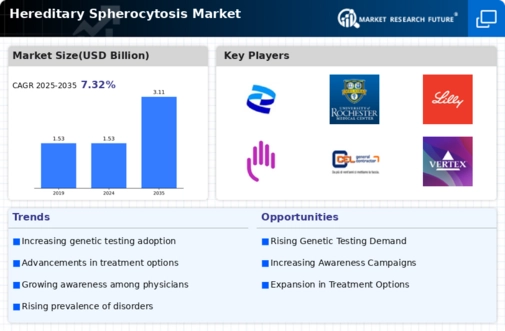
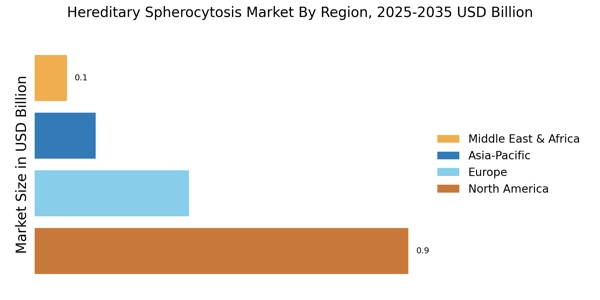
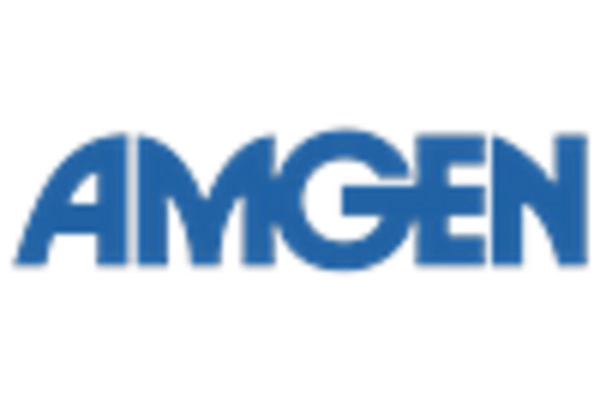



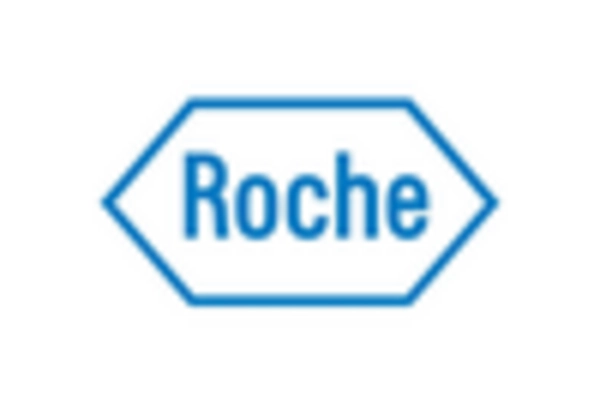
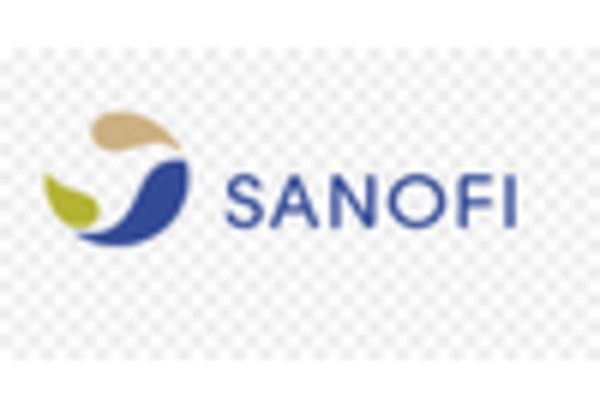








Leave a Comment